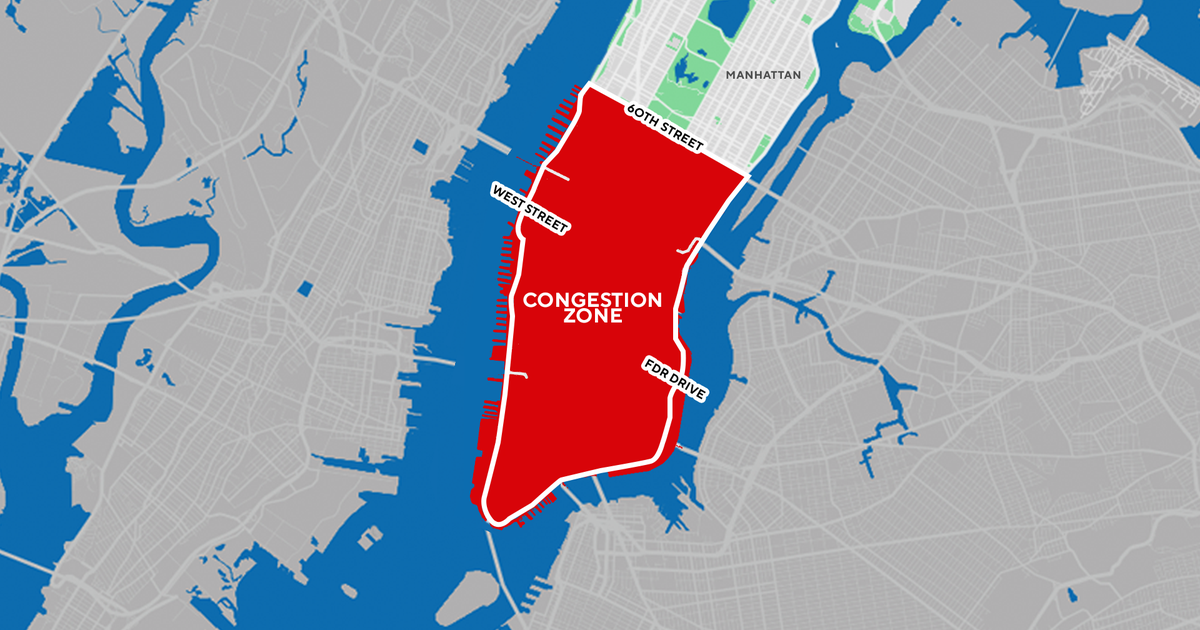Kidnapping of Americans in Mexico puts spotlight on "medical tourism"
The kidnapping of four U.S. citizens who traveled to Mexico last week is putting the spotlight on "medical tourism," or when people travel to other countries to receive medical care or buy prescription drugs, often at lower prices.
Mexican President Andrés Manuel López Obrador said Monday that the Americans had crossed the border to buy medicine and ended up caught in the crossfire between two armed groups. Separately, Zalandria Brown, of Florence, South Carolina, told The Associated Press her younger brother, Zindell Brown, was one of the four kidnapping victims and that one of them planned to undergo "tummy tuck" cosmetic surgery in Mexico.
The number of Americans traveling abroad for medical and dental care has surged in recent decades. Although that practice is deemed "risky" by the Centers for Disease Control and Prevention, the agency's concerns focus on medical issues, such as the risk of buying counterfeit medications or getting treatment from an unqualified professional, rather than on crime.
Violent crime targeting people who leave the U.S. to seek care is extremely rare, said Josef Woodman, CEO of Patients Beyond Borders, a medical tourism group. Instead, the risks typically involve failing to do sufficient research to find certified physicians and clinics in other countries, which could increase the risk of substandard care, he said.
Attacks "almost never happens to a medical traveler," Woodman said. "People who travel to get medical care usually get picked up at the airport by the better clinics and hospitals and they are shuttled to their hotels."
He added, "The [medical] risks are for people who don't shop for quality."
About 1.2 million Americans traveled to other nations for medical care prior to the pandemic, an increase from about 150,000 almost two decades earlier, Woodman said. The pandemic temporarily put a halt to medical tourism when borders were closed, but it has since rebounded, he added.
About one-quarter of American medical tourists travel to South America for treatment, with another roughly 20% traveling to Central America, according to a 2015 study from the U.S. International Trade Commission (USITC). Other popular destinations include Asian countries such as Thailand, Singapore and South Korea, according to Patients Without Borders.
Additionally, about 1 million Californians travel to Mexico every year to buy cheaper medicine, the USITC study found.
"Tummy tuck" in Mexico
Still, the kidnapping in Mexico highlights broader questions about the risks of traveling for surgery, said Dr. Bruce Hermann, a board-certified plastic surgeon in Dallas, Texas. Americans should be cautious about traveling for surgery — even within the U.S. — because patients often are unable to attend follow-up appointments with their surgeons, raising the risk they will run into trouble if they develop complications.
"I have a consult today who had a tummy tuck in Mexico and now has a bad infection," Hermann said. "She may need additional surgery."
He added, "If you are considering having plastic surgery, don't take it lightly. It's something we see all the time on social media, so we think it's easy — but this is surgery."
50% cheaper
Elective surgeries are increasingly fueling medical tourism because the prices outside the U.S. can be 50% to 80% cheaper than domestically, according to Patients Beyond Borders. A full facelift in the U.S. costs more than $10,000, according to 2020 data from the organization. In Mexico the cost is about half, at $5,150.
Some medical tourists are traveling abroad for dental surgery, with about 77 million people in the U.S. lacking dental coverage. And even those who have dental insurance find that it doesn't cover much, often failing to pay for expensive work such as implants or crowns.
A dental implant in Mexico typically costs about $1,650, compared with $3,400 in the U.S., according to 2020 data from his organization.
"It's cost, cost and cost — that's why Americans travel" for medical treatment, Woodman said.



